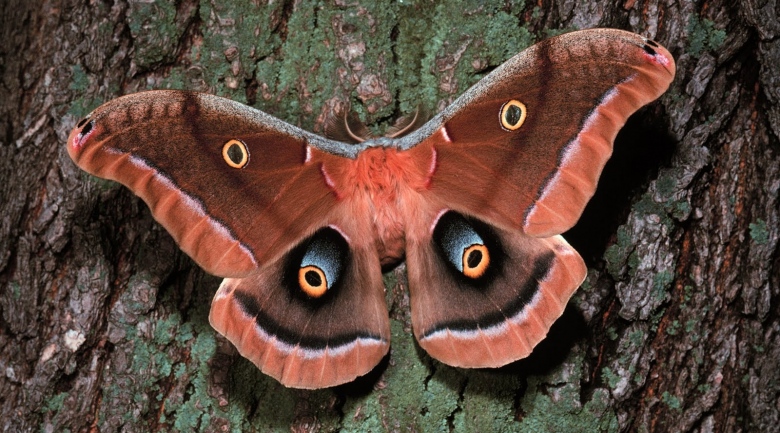
Insects can use plants as ‘green phones’ for communication with other bugs. A new study now shows that through those same plants insects are also able to leave ‘voicemail’ messages in the soil.
Herbivorous insects store their voicemails via their effects on soil fungi. Researchers from the Netherlands Institute of Ecology (NIOO-KNAW) and Wageningen University (WUR) discovered this unique messaging service in the ragwort plant. The influential journal Ecology Letters will soon publish these results.
A few years ago,NIOO scientists discovered that soil-dwelling and aboveground insects are able to communicate with each other using the plant as a telephone.
Insects eating plant roots change the chemical composition of the leaves, causing the plant to release volatile signals into the air. This can convince aboveground insects to select another food plant in order to avoid competition and TO ESCAPE FROM POISONOUS DEFENCE COMPOUNDS in the plant. But the impact doesn’t stop there.
Ragwort plants show to act as phones that insects can even use to store "voicemail messages" in the soil.
The new research shows that insects leave a specific legacy that remains in the soil after they have fed on a plant. And future plants growing on that same spot can pick up these signals from the soil and pass them on to other insects. Those messages are really specific: the new plant can tell whether the former one was suffering from leaf-eating caterpillars or from root-eating insects.
